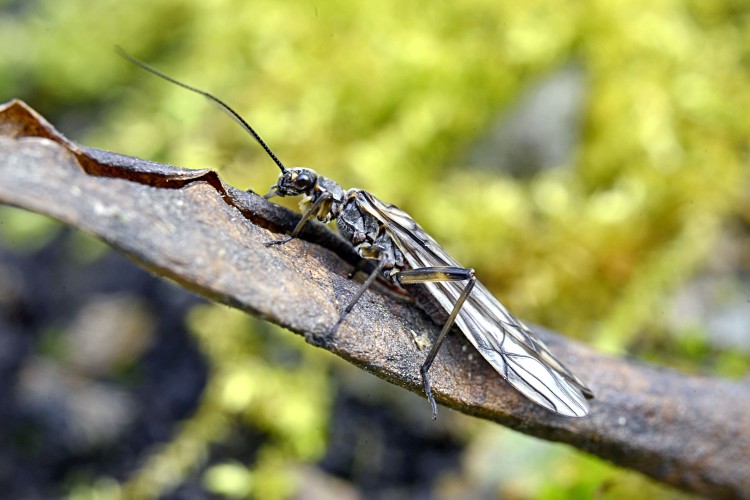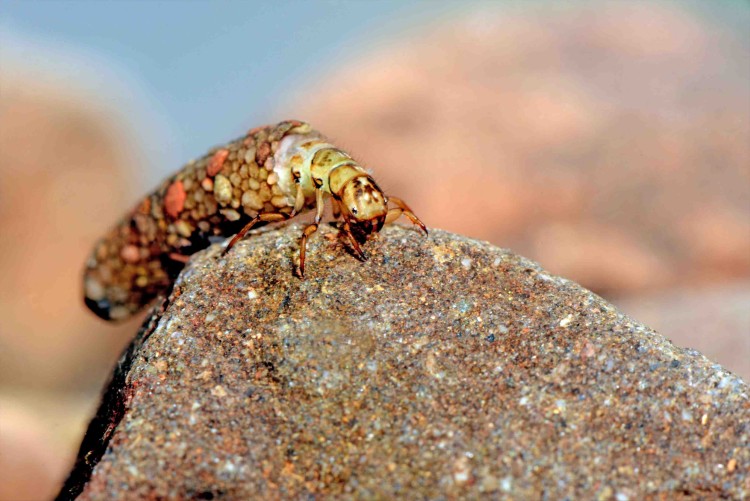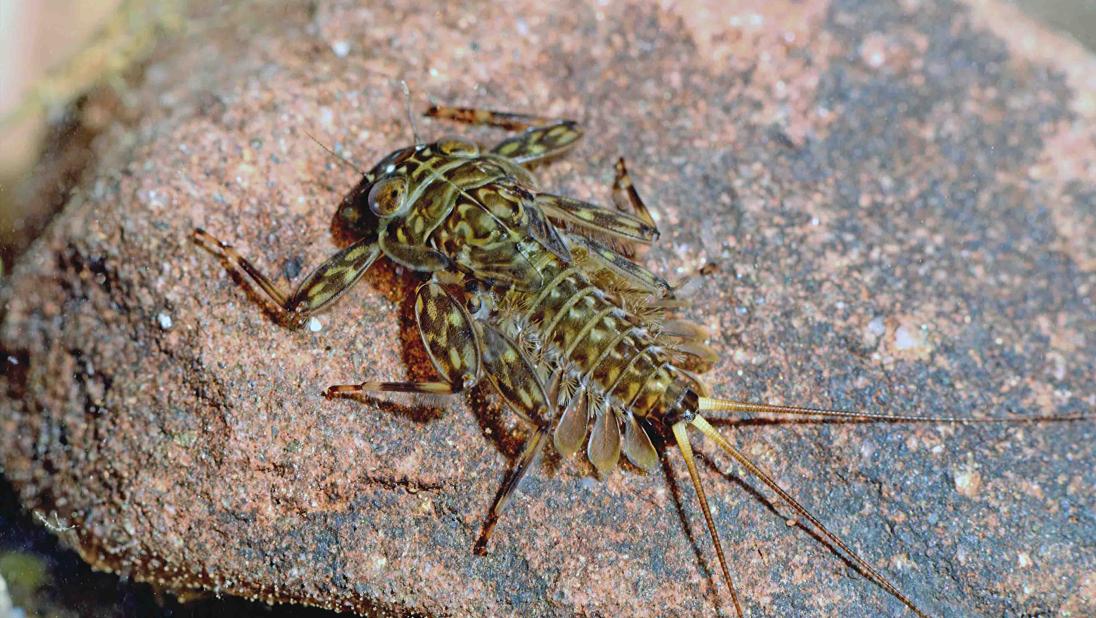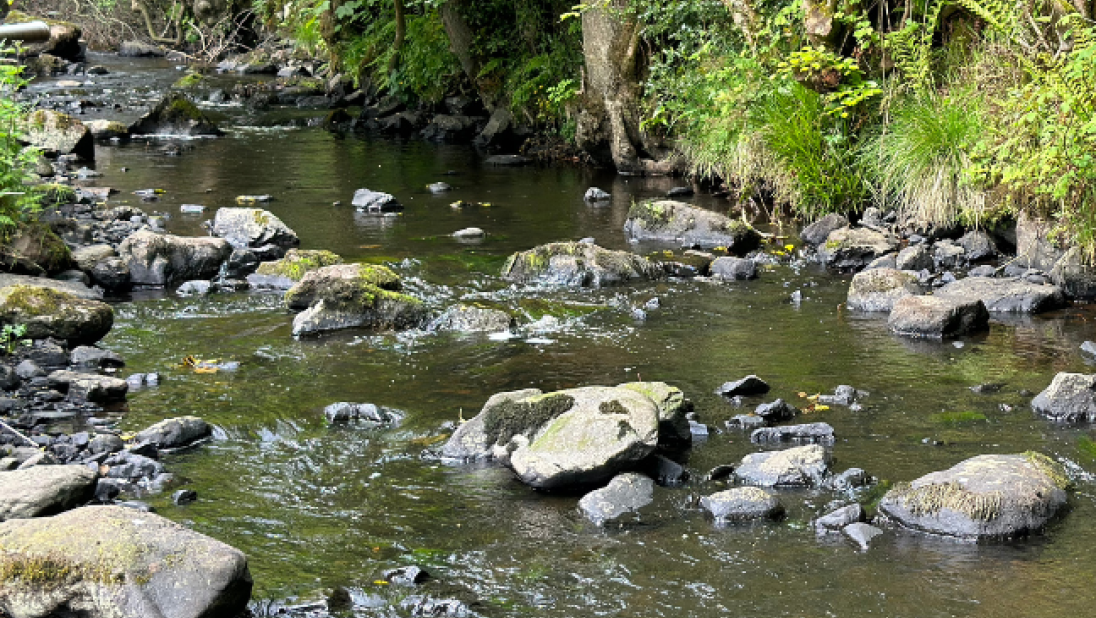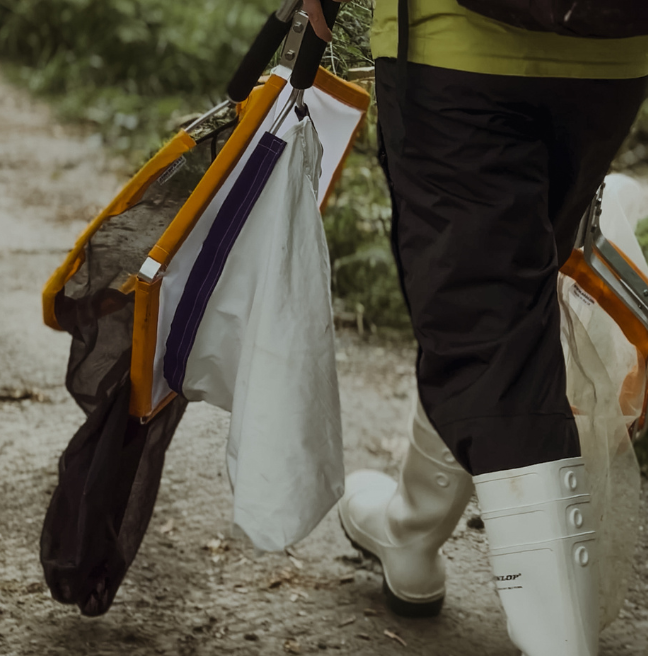
A Day in the Life of a Natural Science Curator
Join Dr Helen James and her team on a field trip in Ballinderry, to collect fresh water insects and research species diversity.
Explore the Natural Sciences CollectionProject
We have been sampling at a number of sites that the Ballinderry Rivers Trust have been monitoring for many years. Our work complements what they have been doing as we are providing detailed information about species diversity, whereas standard river monitoring focus only on family level, so our project provides much needed detail about rare and threatened species.
We completed our second survey in early May, following on from the survey done in late summer last year, to compare the different species present in different seasons. Two colleagues who are assisting with the project are Andrew Kenny, a Research Assistant contracted for this project, and Lauren Gellately a placement student from Queens University.

Location
We collect samples from multiple parts of the river to get as many different biotopes as possible which allows us to get a good record of the species occurring at each site. From our experience, some sites can be better than others.
Techniques
Adult insects often provide a more accurate species identification than larvae, yet all river monitoring is done at aquatic stages in the rivers. Collecting both life stages is useful for confirming species identification, especially if the larval stage is not described. In the past, entomologists focused mainly on naming and describing the adults.
There are many different techniques for catching these insects, depending on whether you are collecting the aquatic larval or flying adult stages. All of these groups of insects spend the majority of their lives in the water as larvae and only emerge for a brief period in the adult stage for reproduction.
To collect the aquatic stages, we use a variety of dip nets, with short or long handles, and special D-shaped nets for the rocks against waterfalls.
For the adult stages, we use light traps or malaise traps. A malaise trap is a kind of tent which has black netting along the bottom, and white along the top. The insects fly from the river, into the tent and fly to the top, being attracted to the light, and then into a bottle for collecting. We also use hand nets for sweeping the vegetation next to the river, or a beating tray, to catch any adults hiding there.
Lab work
We take the samples back to the lab to work through, identifying them to species using a number of different identification guides. Each species from a site is given a unique museum catalogue number and is then added to the museum database.
The records will eventually be shared on online platforms such as CEDaR and GBIF for all researchers to use in the future. Studying genetics is important for clear species delimitation, and we are collaborating with the UK Barcode of Life project at the Natural History Museum, London. This will be the first time any of the Irish species are studied genetically, useful for species delimitation and comparisons with populations occurring elsewhere, and for developing environmental DNA protocols in future.

